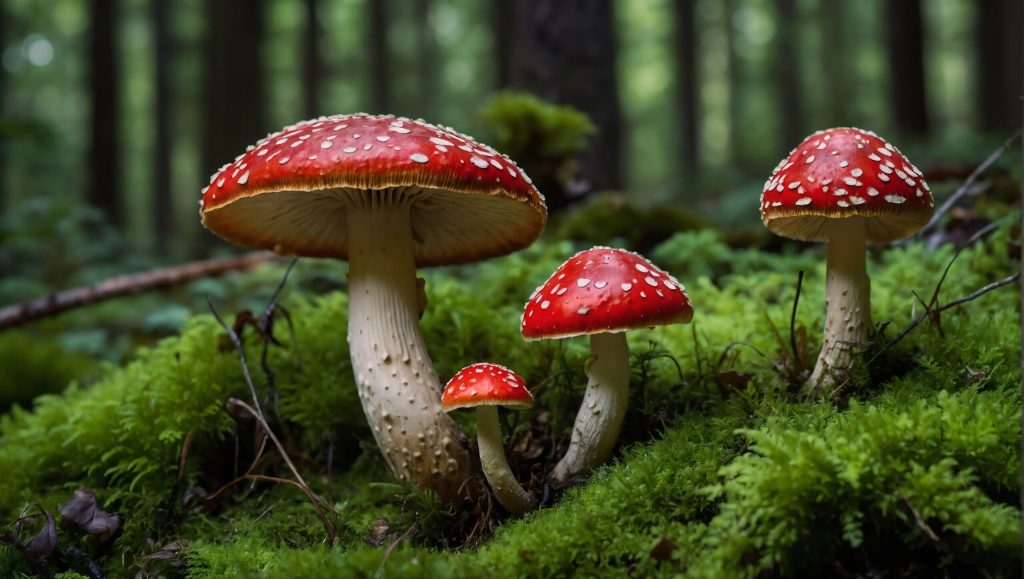
Jim and his gift to humanity. Image via.
On Wednesday the patty-poet who invented the Big Mac, a guy named Jim Delligatti, died at age 98.
More than the Model-T Ford, Mickey Mouse, or nuclear warheads, the Big Mac was the quintessence of American Exceptionalism.
Videos by VICE
Delligatti didn’t found McDonald’s or even have much to do with its early success. He was simply a franchisee who opened his first McDonald’s in Pittsburgh in 1957, and would go onto open 47 additional stores around Western Pennsylvania. As you can imagine, the guy was pretty rich.
But it was in 1967—during “the Summer of Love” and the protracted horror show of the Vietnam war—that Delligatti forged his crowning achievement. This was long before McDonald’s started offering “healthy” options, and their menu was streamlined, rigid, and unlearning. But Delligatti understood that the mark of a true American was an inability to be satiated, which was a need his stores could service better than others. So in his restaurant in Uniontown, Pa, Delligatti slapped together some patties, plopped on some cheese, lettuce, onions, pickles, and dabbed a wreath of special sauce, which was basically just mayo. The Big Mac was born.
Delligatti had trouble convincing McDonald’s headquarters in Illinois that the Big Mac was something special, but he continued making them in his Pittsburgh restaurants; fine-tuning them, crowd-testing them, until the bigwigs recognised his creation. They were slowly rolled out across the country, and publicised with this really slow-moving commercial as seen above.
Now, all these years later, it makes sense the Big Mac’s creator has died in 2016. Delligatti and the Big Mac epitomise the American grandeur of the 20th century. He was a World War Two veteran who spotted an opportunity to sell fast food to factory workers in one of America’s greatest industrial cities. This was the America of Make America Great Again fame. This was the America from which the Big Mac emerged, and yet this is the America that may never have existed.

Reality. Image via
The Big Mac is picket-fence American nostalgia. In a poster, in an TV commercial, the Big Mac was always McDonald’s most pornographic burger—a chintzy pin-up girl you could take home to your mother. Yet as we all know, the reality of a Big Mac isn’t quite so grand. The structural oddness of the burger (extra bread) means it is always lopsided, discoloured, misshapen, and markedly less erotic than the enticing wink of the sandwich we see on the menu board.
The Big Mac is that gap between the American Dream and the American Reality. The Big Mac is the struggling rust-belt worker struggling to pay for chemotherapy while voting to repeal universal healthcare. It’s the difference between E.T and the McDonald’s produced rip of Mac and Me.
It is the sandwich of the American contradiction, which is why it’s America’s greatest ambassador.
As an Australian, McDonald’s always seemed like a portal to the America of 1980s Reaganomics and artificial John Hughes sentimentality. Growing up in a country that basked in its own adoration of the USA’s “soft-touch” cultural imperialism, McDonald’s offered the simulated rush of participation in the American experiment.
The Big Mac sounded like a benign cartoon character. It was so tied up in the pop iconography of my 90s childhood that to eat it was to place oneself in the world of morning cartoons and Spielberg.
The Golden Arches are the bugle boy of American encroachment. There’s a reason one of the first things built in the Iraq Green-Zone was a McDonald’s. The fast-food chain is typical of America’s grinning malevolence, impossible to resist, largely terrifying, but stupidly alluring. And the Big Mac is the taste of those anxieties, hypocrisies, and desires.
In 2015 McDonald’s closed more franchises than it opened for the first time in its history. It may be the canary in the coalmine of American decline, and so it’s fitting that Delligatti made his fortune in the parts of America that just handed the presidency to Donald Trump. This too is emblematic of a greatness that’s done more for the obesity epidemic than the cultural zeitgeist.
Regan era McDonald’s imperialism
But Delligatti was a poet in his way—and like all great American poets the impact of the poem is less to do with the quality of the work than its resonance. They should have sold the Big Mac in 1967 by having Allen Ginsberg chant “holy holy holy” in the voice-over. Oh Big Mac, my Big Mac! Those sesame seeds would sew the ambition of the founding fathers into more young minds than the Bill of Rights.
It’s also telling that the original name for the Big Mac was The Aristocrat—which customers had difficulty pronouncing—and then, later, The Blue Ribbon Burger. Like the gold leaf windows of Trump tower, the original idea was to give off an air of success—to frame it as a true American burger because it suggested aspiration, a sandwich by way of Horatio Algiers and Ayn Rand.
The splendour of Jim Delligatti’s vision was that the Big Mac is anything but classy, but remained, in its own way, beautiful. It is the experience of pulling up at 3 AM completely drunk and coming down and sloppily asking for the only burger whose name you can remember. It’s the satisfaction of asking for no pickles. It’s the rare moment when the burger looks like the one in the ad. The pin-up girl.
It’s that feeling or reaching out to something as vast and mad as America, and receiving your own portion of Bigness, minus the pickles, just as you like it.
Follow Patrick on Twitter.



